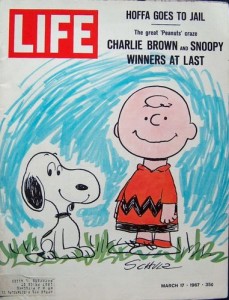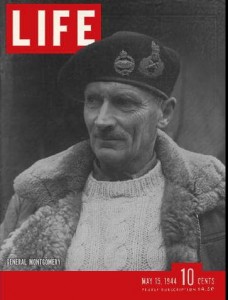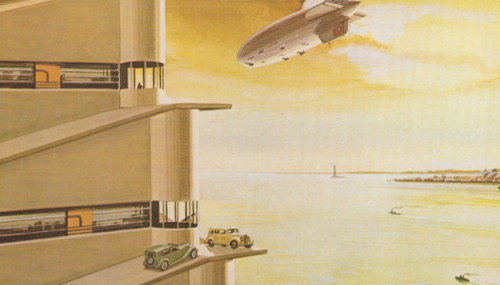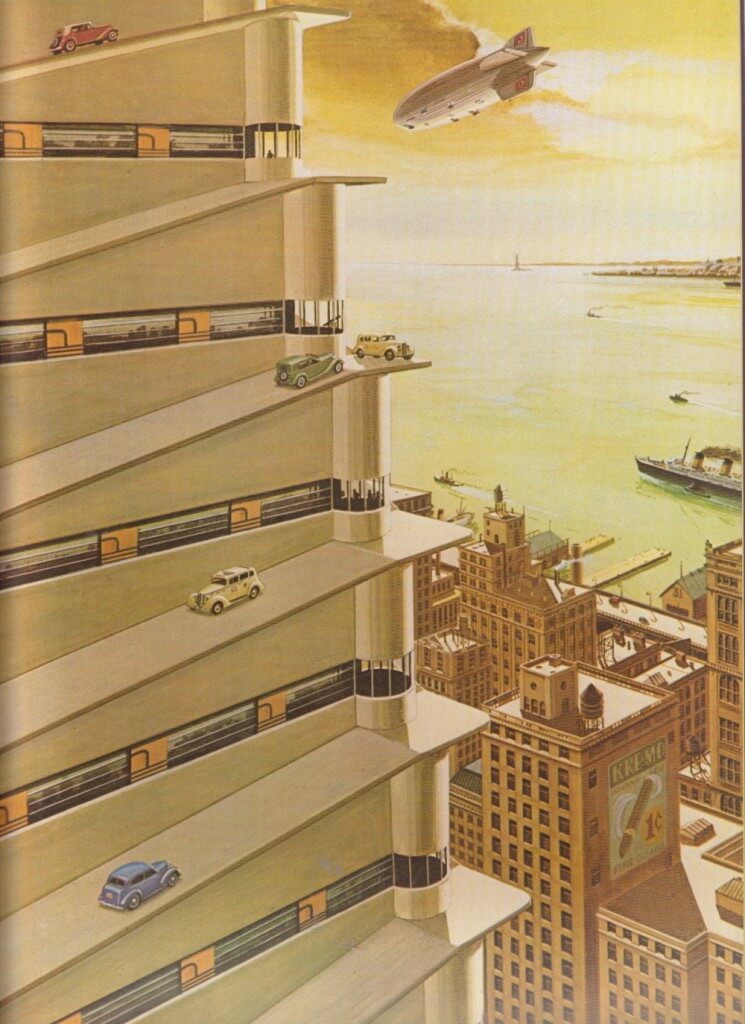How to find that exact apex of U.S. culture? Let’s go a little farther out, bracketing it with two extreme points, one at the end of World War II and the other squarely in the funky late 1960s. Somewhere between these extremes lies the exact tipping point.
1967: Victims Rejoice
The headline stating “Charlie Brown and Snoopy: Winners at Last” also highlights the Cult of Loserdom that was fetishized beginning in the mid-1960s. Peanuts’ heyday was the 1960s and 1970s, and in many ways Peanuts encapsulates so many of those points that the Sixties held so dear: Freudian psychology, juvenalia, faux humility. We have this Naive Art style (contrast this with the draftsman-like art of cartoonist Winsor McCay in Little Nemo in Slumberland). Everything in Peanuts is slightly askew, off-centered; it’s the let’s-not-get-to-the-point pose of the embarrassed, self-hating majority. “A Charlie Brown Christmas” is held near and dear to the heart of so many millenials. Recall, for fuck’s sake, the angst and tearing of garments in that TV special.

1944: Winners
Twenty-three years before, we have a true winner-takes-all LIFE cover featuring titanium-balled General Montgomery in his beret, lambs-wool coat, and cable-knit sweater. Somehow I doubt that the Cult of Loserdom got much fawning press back in 1944.


